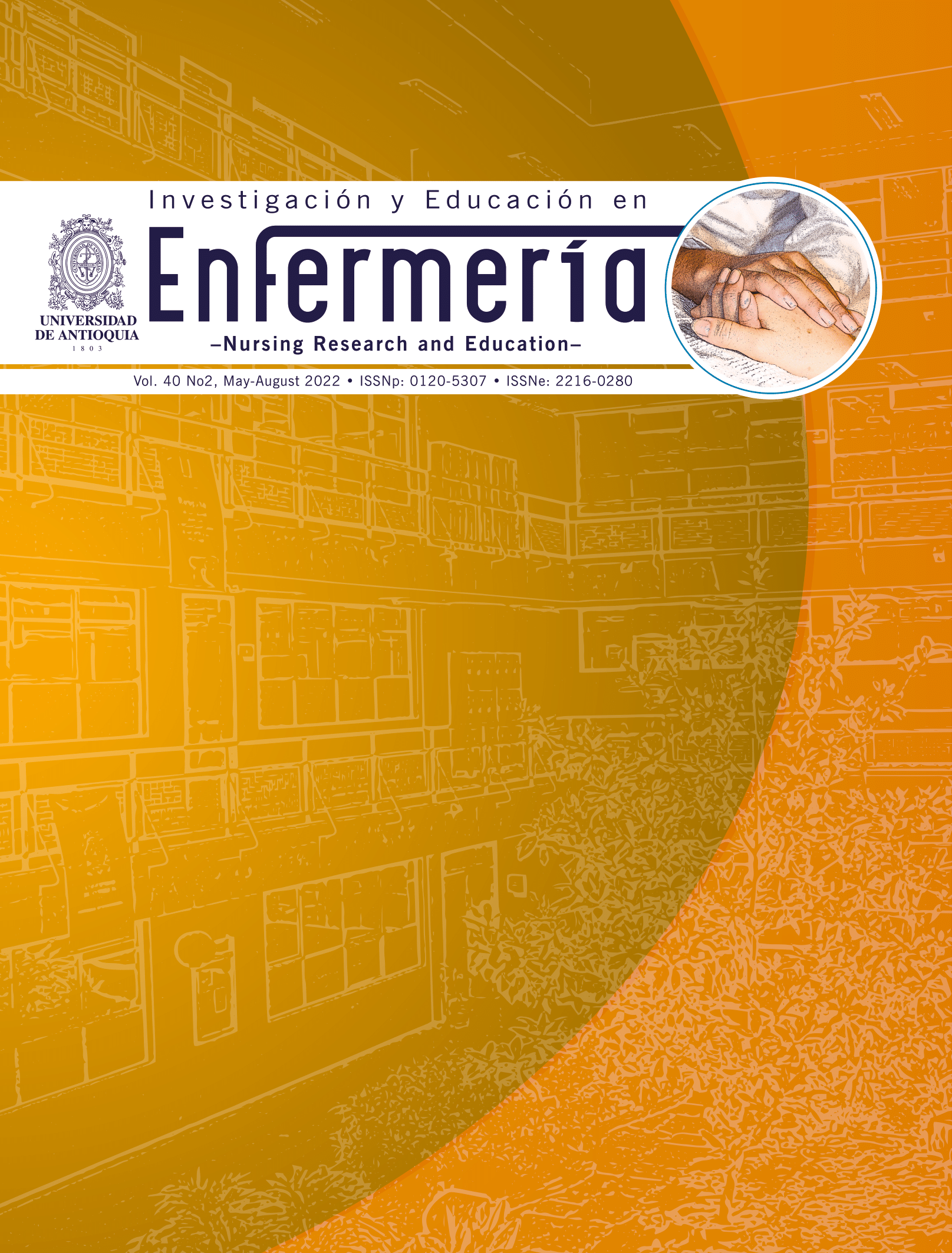Principles, Scope, and Limitations of the Methodological Triangulation
DOI:
https://doi.org/10.17533/udea.iee.v40n2e03Keywords:
qualitative research, methodology, observationAbstract
This article sought to collect basic and relevant information about methodological triangulation and make a first approach to the principles underlying its use, potentiality and scope, advances and limitations, and some alternative proposals to surpass them. In that sense, it is an attempt to operationalize concepts and present the procedures to conduct it rigorously. In the first place, conceptual aspects and types of triangulation are presented, and in the second place, the principles, uses and difficulties. But, beyond what must be done, an approach is made to how to do it. The assumption underlying through the article is the complementarity among methods. It is emphasized in the principle through which the nature of objects must guide the selection of the methods and of the most effective techniques to approach and account for phenomena that are socially pertinent of being studied
Downloads
References
1. Boudon R. Os métodos em sociología. Sáo Paulo: Ática; 1989.
2. Morse SM. Approaches the Qualitative-Quantitative Metodological Triangulation, Metodology Corner. Rev. Nur. Res. 1991; 40(1):120-3.
3. Cowman S. Triangulation: a means of reconciliation in nursing research. J. Adv. Nurs. 1993; 18:788-92.
4. Denzin NK. Strategies of Multiple Triangulation. In: Denzin NK. The Research Act:. A theoretical Introduction to Sociological Methods. London: Routledge; 2017.
5. Kimchi J, Polivka B, Stevenson JS. Triangulation: Operational Definitions. Nurs. Res.1991; 40(6):364-6.
6. Tobin G., Begley C. Methodological rigour within a qualitative framework. J. Adv. Nurs. 2004; 48(4):388-96.
7. Flick U. La gestión de la calidad en la investigación cualitativa. Madrid: Ediciones Morata; 2014. Pág.73.
8. Patton M. Enhancing the Quality and Credibility of Qualitative Analysis. Health Serv. Res. 1999; 34(5 Pt 2):1189-208.
9. Flick U. Mantras and Myths: The Disenchantment of Mixed-Methods Research and Revisit-ing Triangulation as a Perspective. Qual. Inq. 2017; 23(1):46–57.
10. Creswell J. Research Design QualQuan and Mixed Methods. SAGE; 2014. Págs. 228-29.
11. Janesick V. La danza del diseño de la investigación cualitativa: metáfora, metodolatría y significado. In: Denman CA, Haro JA. Por los rincones. Antología de métodos cualitativos en la investigación social. Hermosillo: El Colegio de La Sonora. 2000. Pág. 241.
12. Molina G. Integración de métodos de investigación. Estrategias metodológicas y experien-cias en Salud Pública. Medellín: Editorial Universidad de Antioquia; 2020. Pág.15-16.
13. Timans R, Wouters P, Heilbron J. Mixed methods research: what it is and what it could be. Theory Soc. 2019; 48:193–216.
14. Mitchell ES. Multiple Triangulation: a methodology for nursing science. Adv. Nurs. Sci. 1986; 8(3):18-26.
Published
How to Cite
Issue
Section
License
Copyright (c) 2022 Investigación y Educación en Enfermería

This work is licensed under a Creative Commons Attribution-NonCommercial-ShareAlike 4.0 International License.
Derechos de propiedad / Direitos de Propriedade
English: If the article is accepted for publication, all copyright will be of exclusive property of Investigación y Educación en Enfermería. The text and the graphics included in the publication are exclusive responsibility of the authors and not necessarily reflect the thought of the Editorial Committee.
Español: Si el artículo es aprobado para publicación, todos los derechos son de propiedad de Investigación y Educación en Enfermería. El texto y las gráficas incluidas en la publicación son de exclusiva responsabilidad de los autores y no necesariamente refleja el pensamiento del Comité Editorial.
Português: Se o artigo for aceito para publicação, todos os direitos autorais serão de propriedade exclusiva de Investigación y Educación en Enfermería. O texto e os gráficos incluídos na publicação são de responsabilidade exclusiva dos autores e não refletem necessariamente o pensamento do Comitê Editorial.















